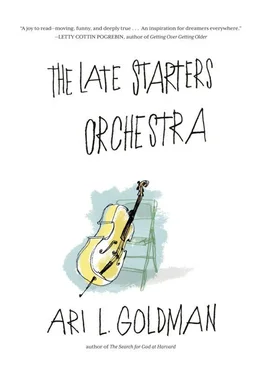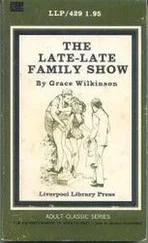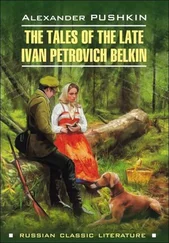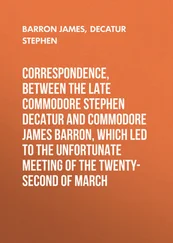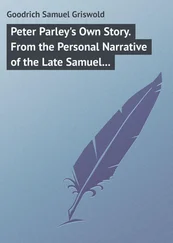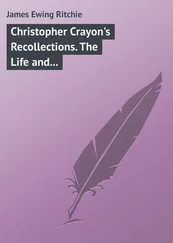That was only the beginning of a happy, if exhausting, courtship and marriage. In our first apartment we got cable TV, I thought, so we could watch Masterpiece Theater and that wonderful but boring MacNeil/Lehrer Report . But I would frequently come home to find the television blasting MTV, with Shira singing along at the top of her lungs and jumping on our bed.
She has a voracious musical appetite. Over the years she’s had flirtations — and lessons — with many musical instruments, including piano, flute, and drums. She took voice lessons and discovered a newfound love for singing karaoke, so much so that anytime we passed a bar advertising KARAOKE TONIGHT she cast a longing glance in its direction while I tried to distract her. I joined her a few times, but decided that this was a pleasure she needed to experience with friends or by herself.
Though Shira enjoys classical music (she remembers spending a good part of her early years playing under the family’s baby grand piano as her mother, an accomplished pianist, played Rachmaninoff), she is primarily a rocker girl. When she hears music, Shira moves, either on the dance floor or on the treadmill. It was one thing when I shared the cello with Judah, but when I went off on my own to LSO, something unnerved her.
It wasn’t the “babes” at LSO. It was my obsession with my cello. I was putting it first. I was missing family events on Sunday afternoons and I was giving up the opportunity to be with Shira. Mr. J had called his gamba his mistress. Duke Ellington famously declared, “Music is my mistress, and she plays second to no one.”
Is that what it takes to succeed? To put your music before everything? Is that what it takes to be a real musician?
I realized that my music needed to better coexist with my marriage. I had to make room for Shira in my musical life.
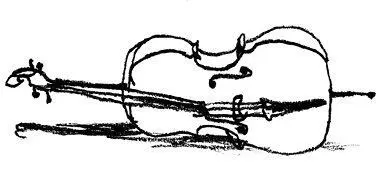
Music remains above you: you are just striving to reach it. The better you become at it, the music moves higher, so it becomes unreachable.
— GREGOR PIATIGORSKY
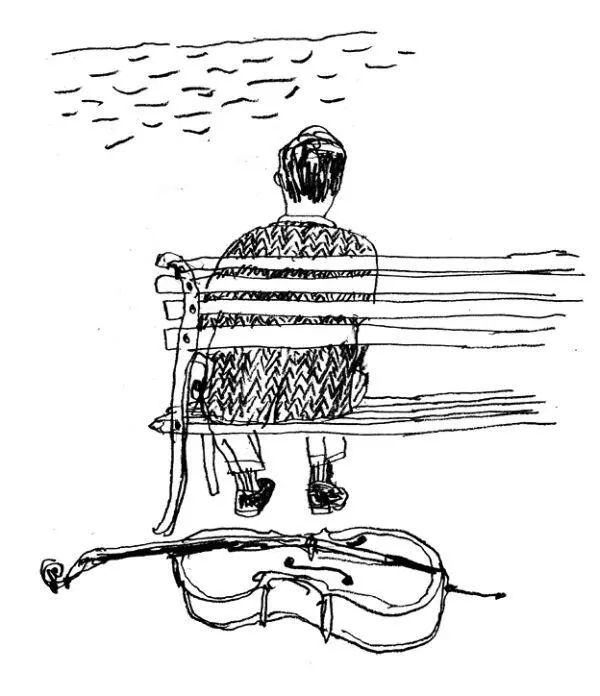
My middle-aged musical obsession came at a transitional time not only in my married life but in my professional life. Here I was spending more and more time on this old instrument made of wood and wire, while journalism was going wireless and paperless. The journalism that I fell in love with as a young man — the newsroom of manual typewriters and rotary phones and chain-smoking, hard-drinking newsmen — was no more. I was hired as a copy boy at the Times in 1973 just as computers were being introduced to a newsroom that was still very much rooted in the old world. Automobile-size rolls of newsprint were hauled into the basement each morning, and each night the presses rumbled as they printed the newspaper the old fashioned way: on paper. Outside, newspaper handlers took the papers off the presses and loaded them onto dozens and dozens of trucks that delivered fresh copies of the New York Times around New York — and around the country.
All of that was eventually rendered obsolete by technology that made it possible to beam images of the paper from the roof of the building at Forty-third Street to printing centers around the country and around the world. Not far behind that technology was the introduction of the Internet. Now you didn’t need a paper to know what was going on; all you needed was a computer terminal and, even later, just a cell phone.
American newspapers were at first intoxicated by the opportunity to capture these new online readers. They set up websites and poured their content for free into the webisphere, convinced that this would draw new readers to their traditional product and expand their advertising base. It didn’t quite happen that way. In big cities and small cities, readers abandoned the print editions and read the news online at no cost. And, much to the publishers’ chagrin, advertisers were not willing to support this new venture. They had found a million other ways to connect to readers on the Web.
There was a time when newspapers had a near monopoly on reaching the public. If you were a department store and were having a sale on shoes, you put an ad in the paper. If you were an airline and wanted to fill seats, you put in a print ad with the destinations and prices. If you were looking for a job you looked in the help-wanted pages. Same if you were looking to buy a house or a car or a litter of kittens. Same if you wanted to sell these and virtually any other items. With the Web, this was all gone.
The change had enormous implications for journalism. Newspapers closed. Staffs were trimmed. Washington bureaus and foreign offices that many newspapers maintained for decades were shuttered. No one wanted to wait for tomorrow’s newspaper anymore. Armed with laptops and cell phones, people wanted information — and they wanted it now. And they wanted it for free.
Journalism schools like mine had to retool. They needed new equipment, new personnel, and new strategies to attract students and convince them that they would eventually find jobs. I am not a technology person. I got into journalism because I love to tell a story. Give me a pen and a pad and I am happy. I got into journalism because it enables me to meet new people and write about them. I got into journalism because I love the thrill of a deadline and the satisfaction of meeting it.
As technology exploded around me, I staked out a position at the School of Journalism as the traditionalist. I figured there were enough people who knew HTML and Flash and Web design and Twitter. I was going to continue teaching what I was convinced were the eternal verities of journalism: good writing, interviewing, storytelling, fairness, teamwork, integrity, ethics. Someone had to remind people of these, even as we rushed headlong into what was being called “new media.” And who better to do this than someone raised and reared in the old media, someone approaching sixty?
I was inspired by the words of the great conservative commentator and writer William F. Buckley, Jr., whose political philosophy I did not always agree with but who was unsurpassed in capturing ideas in words. In 1955, when Buckley started the National Review, he wrote that it “stands athwart history, yelling Stop, at a time when no one is inclined to do so, or to have much patience with those who so urge it.”
I was determined to be the voice yelling, “Stop!” or at least, “Slow down!” as the digital onslaught arrived in America’s journalism schools. I did this while some of my older teaching colleagues were setting up their Twitter and Facebook accounts.
As my birthday approached, I was teaching a class at Columbia that I had taught more than a dozen times before. It was called “Reporting and Writing 1” and it was the foundation course for everything at the school. I ran the class like a newsroom, with me as the editor in chief. The students were my staff and I instructed them on everything from interviewing and writing to news judgment and ethics. Each week, I would send them out around the city to cover news events and write feature stories. And I insisted that they stay current with news developments — and not only on the Internet. I asked them to buy a physical copy of the New York Times, something few in their generation did, and bring it to class on the days we met. I would use the paper to illustrate major topics in the news and trends in journalism, all the while ignoring the major trend, namely, that paper is dead.
Читать дальше
